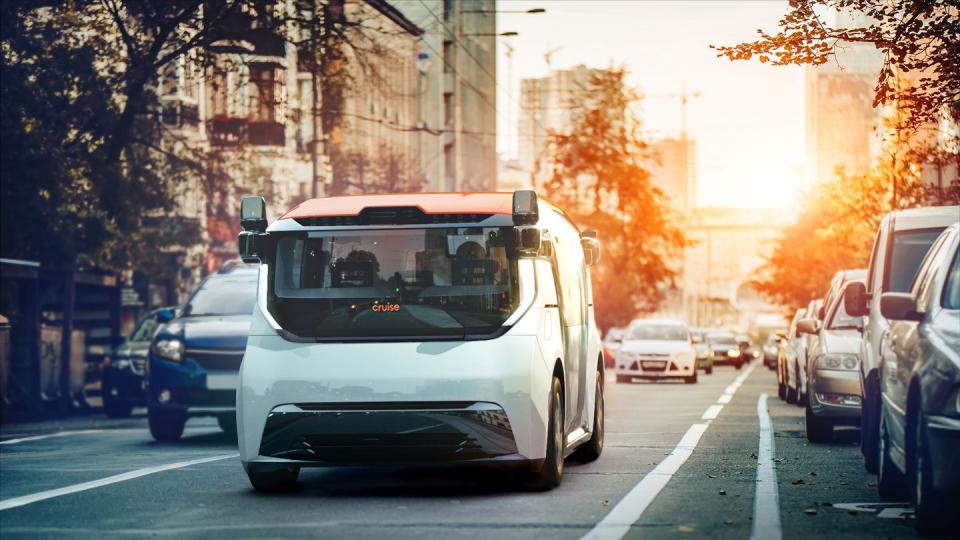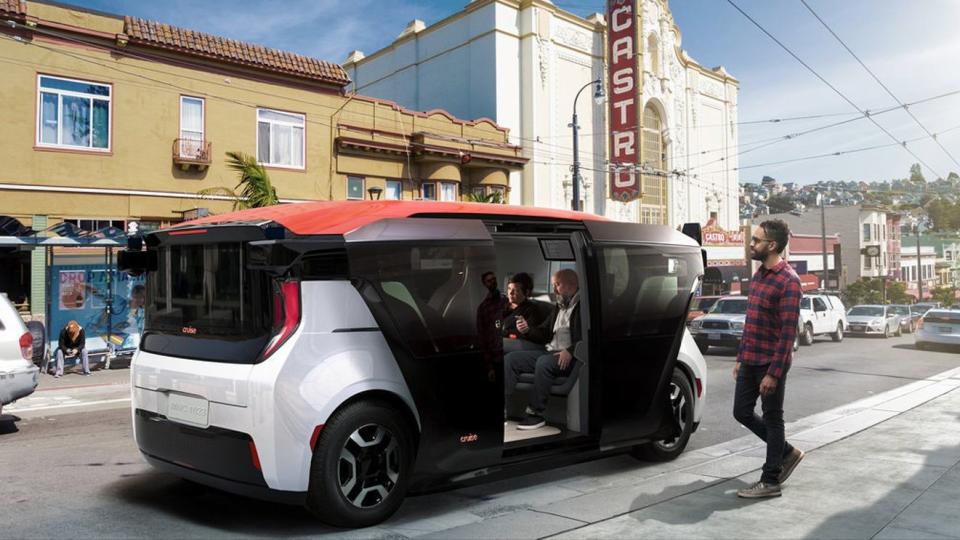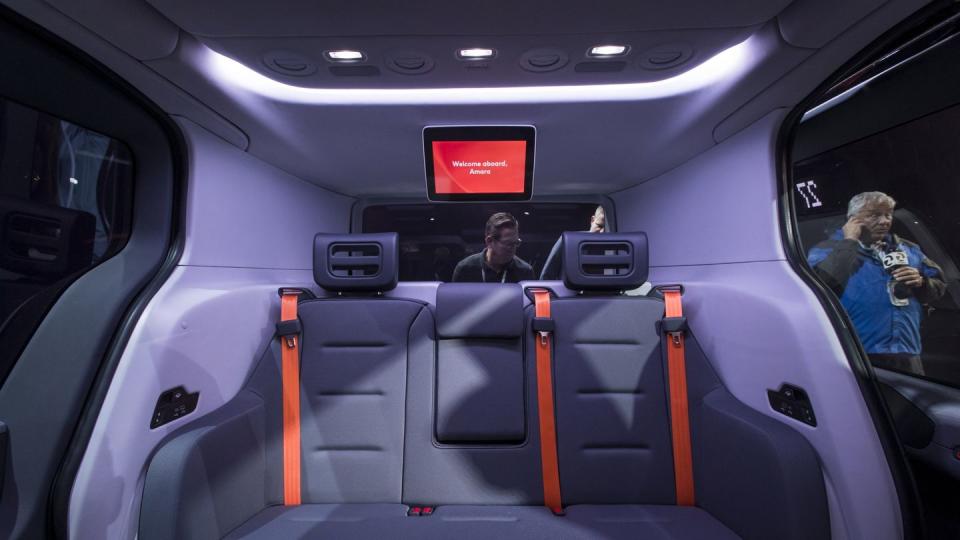Honda, GM and Their Ambitious Plans to Launch Robotaxis in This Major City

Honda and GM's Cruise unit reveal plans to bring Origin self-driving shuttles to Tokyo starting in 2026.
The electric Cruise Origin shuttle is entering production in the second half of 2023, with SAE Level 4 tech analogous to the company's Chevrolet Bolt robotaxis currently in use in the US.
The companies plan to introduce some 500 Origins to Tokyo, before expanding service beyond central Tokyo.
GM's Cruise autonomous vehicle unit is one of two robotaxi developers that have the advantage right now, after months of operations in San Francisco. But Cruise isn't content to keep its robotaxi tech stateside.
Cruise is teaming up with Honda to form a joint venture to bring driverless ride hailing service to Japan. The two companies have signed a memorandum of understanding this week with plans to form a new company during the first half of 2024, with operations expected to start in early 2026.
But it's not the Chevy Bolt, which has become the face of Cruise's San Francisco fleet, that the two companies plan to bring to Japan. Rather, it's the Cruise Origin purpose-built shuttle with seating for six that's approaching production now that the new joint venture plans to launch in Japan.
Just where do Honda and Cruise plan to launch this app-based ride-hailing service first?
In central Tokyo—not one of calmest traffic environments in the country—with dozens of Cruise Origins to start. Eventually, the two companies aim to operate about 500 Origins, and will then expand the service beyond central Tokyo.
"All of our work scaling in dense urban US markets will position us well to address the huge opportunity for autonomous vehicles in Japan," said Kyle Vogt, founder and CEO of Cruise.

The Cruise Origin itself is expected to debut sooner stateside, starting in 2024, once mass production of the Level 4 shuttle gets going.
At the moment Cruise is busy setting up robotaxi service outside of the Bay Area, and it already has some competition from Waymo—the other major player in this field at the moment.
Just earlier this week we had a chance to go for a spin in one of Waymo's robotaxis in Santa Monica, California.
The Cruise Origin shuttle is expected to function in a similar manner to the Bolt robotaxi, but it will effectively offer ride pooling, with up to six passengers sharing the shuttle on the way to different destinations, the route calculated automatically by the taxi itself. The destination setting and payments will be handed by the app.
"Providing this service in central Tokyo where the traffic environment is complex will be a great challenge, however, by working jointly with Cruise and GM, Honda will exert further efforts to make it a reality," said Toshihiro Mibe, Global CEO of Honda.
Level 4 autonomy, which is how robotaxis are classified, remains entirely dependent on local regulations in the US and elsewhere. Robotaxi companies such as Cruise have to obtain permission from states, cities, and various municipal agencies to launch operations in a given area, operations that could be limited to certain hours.
In addition, it takes several weeks for a robotaxi operator to 3D map a given city or part of a city where robotaxis will operate, in addition to gathering other data.

This is why the rollout of robotaxis in the US has taken place without the actual profitability of robotaxi operations as a driver, compared to human ride-hailing apps.
The challenges of making robotaxis profitable down the road highlight other major differences to gig economy drivers: A company running the robotaxis will pay for the vehicles, service, insurance, energy needs, and the maintenance, shifting all of those costs to itself from current independent contractors.
It is worth noting at this point that traditional ride-hailing companies like Uber haven't seen profitability with those costs owned entirely by their drivers for the past decade, so just where this will push fare prices for robotaxi passengers is a bit of a mystery at the moment.
Are larger shuttles meant for shared rides a more appealing form of robotaxis, or will passengers prefer to take smaller robotaxis like the Bolt alone? Let us know what you think.

 Yahoo Autos
Yahoo Autos 